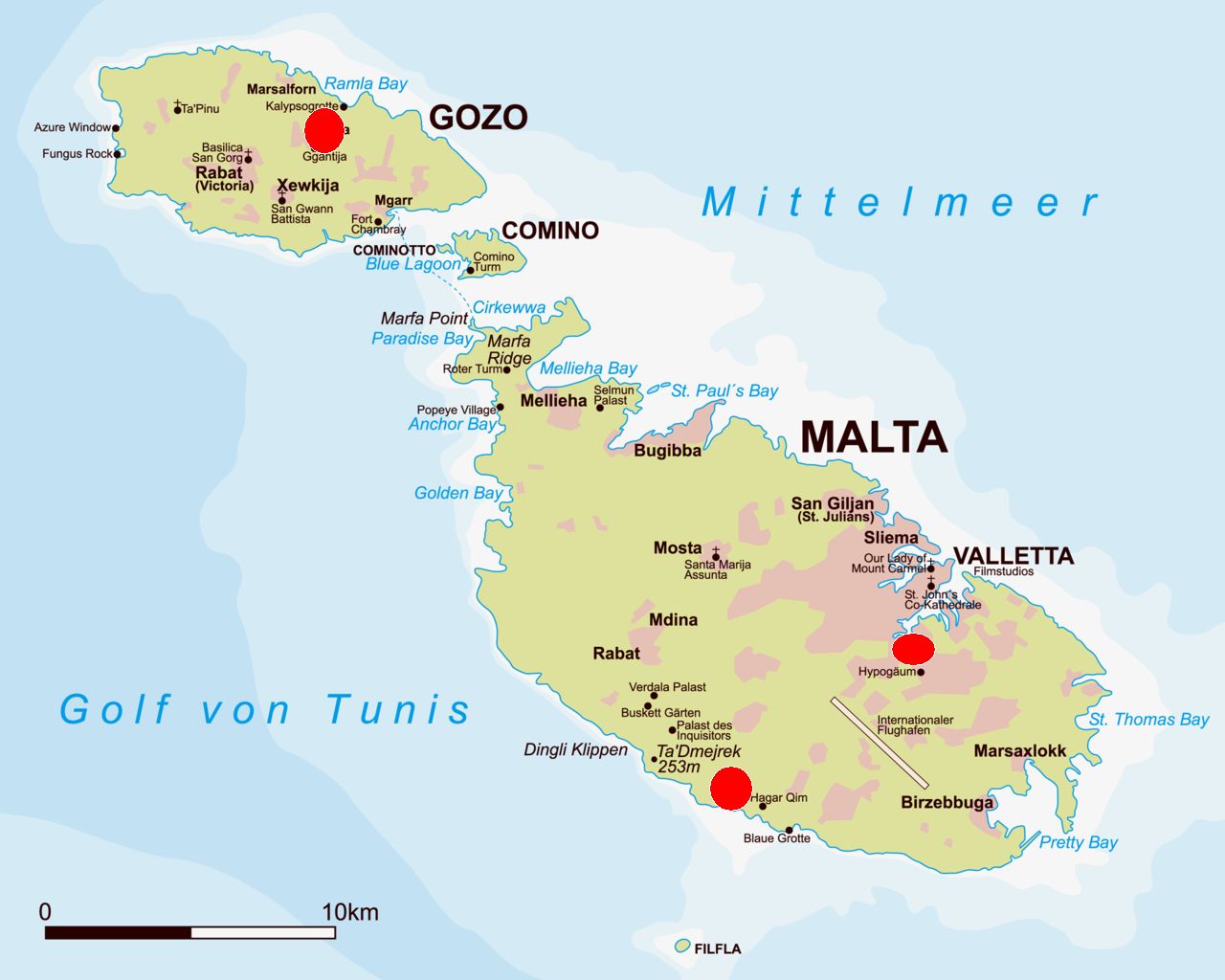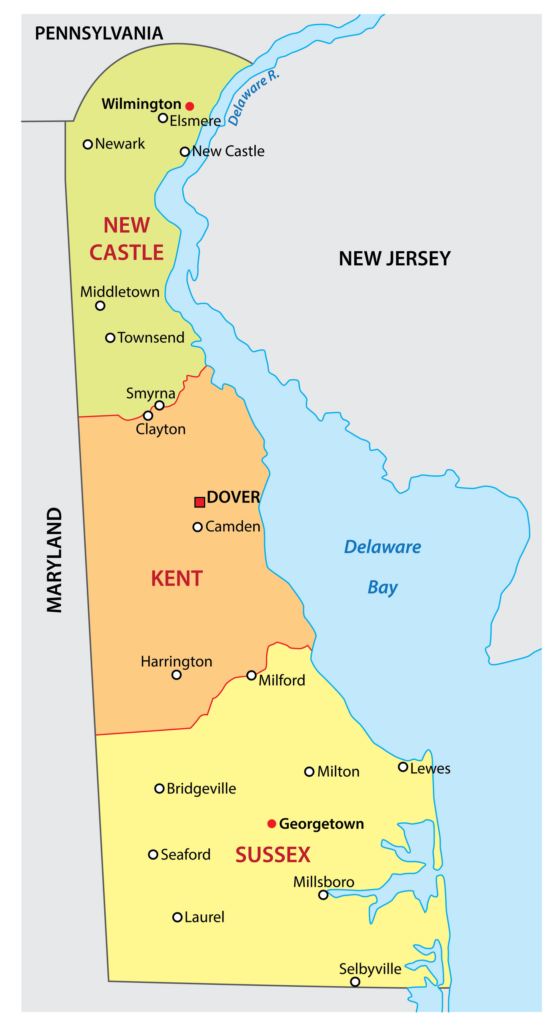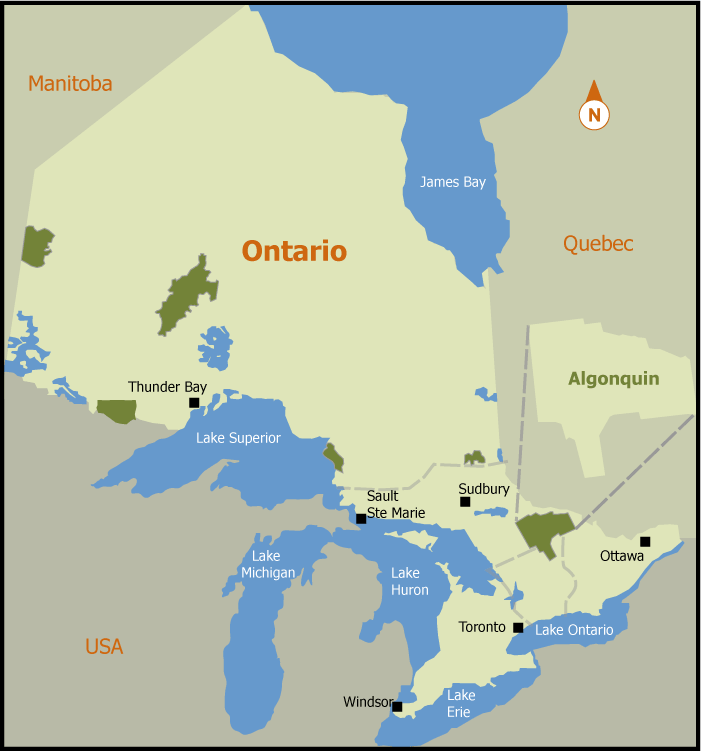Introduction to Malta
Malta is a small yet incredibly diverse archipelago consisting of three main islands: Malta, Gozo, and Comino. Despite its modest size, Malta boasts a wealth of historical sites, cultural attractions, and natural beauty. Its strategic location in the Mediterranean has made it a significant player in various historical events, contributing to its rich and varied heritage.
Geography of Malta
Location and Size
Malta is situated in the central Mediterranean, approximately 93 kilometers (58 miles) south of Sicily, Italy, and 288 kilometers (179 miles) north of Libya. The archipelago covers an area of around 316 square kilometers (122 square miles), making it one of the world’s smallest and most densely populated countries.
Islands of Malta
Malta (Main Island)
The largest and most populous island, Malta, is the political and cultural heart of the archipelago. It hosts the capital city, Valletta, and other major urban centers such as Sliema, St. Julian’s, and Birkirkara.
Gozo
The second-largest island, Gozo, is known for its more rural and tranquil atmosphere. It features picturesque villages, historic temples, and scenic coastal areas.
Comino
The smallest inhabited island, Comino, is renowned for its crystal-clear waters and the famous Blue Lagoon, making it a popular spot for swimming, snorkeling, and diving.
Topography
Malta’s landscape is characterized by low hills with terraced fields, rocky coastlines, and a lack of rivers or lakes. The highest point is Ta’ Dmejrek on the Dingli Cliffs, which rises to 253 meters (830 feet) above sea level.
Climate
Malta enjoys a Mediterranean climate with hot, dry summers and mild, wet winters. The average annual temperature is around 23°C (73°F) during the day and 16°C (61°F) at night, making it an appealing destination year-round.
Historical Overview
Ancient History
Malta’s history dates back to around 5200 BC with the arrival of Stone Age farmers from Sicily. The islands are home to some of the world’s oldest free-standing structures, including the Ġgantija Temples on Gozo, which predate the Pyramids of Egypt.
Phoenician and Roman Periods
The Phoenicians established colonies on Malta around 800 BC, followed by the Carthaginians. In 218 BC, Malta became part of the Roman Republic, and later the Roman Empire, serving as an important trading post and military base.
Medieval Era
Following the fall of the Roman Empire, Malta experienced various rulers, including the Byzantines, Arabs, and Normans. The Arab rule, starting in 870 AD, left a significant impact on Malta’s language, architecture, and agriculture.
The Knights of St. John
One of the most influential periods in Maltese history began in 1530 when Emperor Charles V granted the islands to the Knights of St. John. The Knights fortified the islands, building the magnificent capital city, Valletta, and successfully defending Malta during the Great Siege of 1565 against the Ottoman Empire.
British Rule
Malta became a British colony in 1814 following the Treaty of Paris. The British period introduced significant developments in infrastructure, education, and healthcare. Malta played a crucial role during World War II due to its strategic location, earning the George Cross for its bravery.
Independence and Modern Era
Malta gained independence from the United Kingdom on September 21, 1964, and became a republic on December 13, 1974. In 2004, Malta joined the European Union, further integrating into the global community.
Administrative Divisions
Regions and Districts
Malta is divided into five regions, which are further subdivided into districts and local councils:
- Central Region
- Gozo Region
- Northern Region
- South Eastern Region
- Southern Region
Each region comprises several districts, and each district contains multiple local councils responsible for local governance.
Local Councils
There are 68 local councils in Malta and Gozo, each serving as the smallest administrative unit. Local councils are responsible for various community services, including maintenance of public spaces, waste management, and local events.
Key Cities and Towns
Valletta
Valletta, the capital city of Malta, is a UNESCO World Heritage Site renowned for its Baroque architecture, historic fortifications, and cultural landmarks. Key attractions include St. John’s Co-Cathedral, the Grandmaster’s Palace, and the Upper Barrakka Gardens.
Sliema and St. Julian’s
Sliema and St. Julian’s are bustling urban areas known for their vibrant nightlife, shopping, and dining scenes. They are also popular residential and commercial centers, attracting both locals and expatriates.
Mdina and Rabat
Mdina, also known as the “Silent City,” is a fortified medieval town with narrow streets, historic buildings, and panoramic views. Adjacent to Mdina is Rabat, home to the famous St. Paul’s Catacombs and other archaeological sites.
Victoria
Victoria, also known as Rabat in Gozo, is the main town on the island of Gozo. It features the historic Cittadella, a fortified city with a rich history dating back to the Bronze Age.
Economy and Trade
Key Industries
Malta’s economy is diverse, with key industries including tourism, manufacturing, financial services, and information technology. The country’s strategic location and favorable business environment make it an attractive destination for foreign investment.
Tourism
Tourism is a major economic driver for Malta, attracting millions of visitors annually. The islands’ rich history, cultural heritage, and natural beauty make them a popular destination for tourists from around the world.
Manufacturing
Malta’s manufacturing sector includes electronics, pharmaceuticals, and textiles. The country has developed a reputation for high-quality production and innovation, contributing significantly to its export economy.
Financial Services
Malta has established itself as a hub for financial services, offering a range of banking, insurance, and investment services. The country’s regulatory framework and EU membership provide a stable and attractive environment for financial institutions.
Information Technology
The IT sector in Malta is growing rapidly, driven by a skilled workforce, competitive costs, and a supportive business environment. The country is becoming a leading center for software development, gaming, and blockchain technology.
Culture and Heritage
Language
Malta has two official languages: Maltese and English. Maltese, a unique language with Semitic roots and significant Italian and English influences, is the national language. English is widely spoken and used in education, business, and government.
Religion
Roman Catholicism is the predominant religion in Malta, with the majority of the population identifying as Catholic. The country is home to numerous churches, chapels, and religious festivals, reflecting its deep religious heritage.
Festivals and Traditions
Malta hosts a variety of festivals and traditions throughout the year, celebrating its rich cultural heritage. Key events include the Carnival, Holy Week, the Feast of St. Paul’s Shipwreck, and the traditional village festas, where each locality celebrates its patron saint with processions, fireworks, and festivities.
Cuisine
Maltese cuisine is a delightful blend of Mediterranean flavors, influenced by Italian, Arabic, and British culinary traditions. Popular dishes include pastizzi (flaky pastries filled with ricotta or peas), rabbit stew (fenkata), and lampuki pie (a fish pie made with dorado).
Fun and Interesting Facts about Malta
- UNESCO World Heritage Sites: Malta boasts three UNESCO World Heritage Sites: the city of Valletta, the Megalithic Temples, and the Ħal Saflieni Hypogeum.
- Movie Filming Location: Malta’s stunning landscapes and historic sites have been featured in numerous films and TV series, including “Gladiator,” “Troy,” and “Game of Thrones.”
- Language Diversity: Maltese is the only Semitic language written in the Latin alphabet, making it a unique linguistic gem.
- Dense Population: Malta is one of the world’s most densely populated countries, with around 1,500 people per square kilometer.
Maps of Malta
Political Map
A political map of Malta highlights the administrative divisions, including regions, districts, and local councils. It shows the location of major cities, towns, and key infrastructure such as airports and ports.
Physical Map
A physical map of Malta illustrates the topography of the islands, showcasing the terrain, elevation, and natural features such as hills, cliffs, and coastal areas.
Tourist Map
A tourist map of Malta provides an overview of popular attractions, landmarks, and points of interest. It includes information on historical sites, cultural venues, beaches, and recreational activities.
Conclusion
Malta, with its rich history, vibrant culture, and strategic location, is a unique and fascinating country. Whether exploring its ancient temples, enjoying its Mediterranean cuisine, or understanding its economic landscape, Malta offers a wealth of experiences and insights. This comprehensive guide to Malta’s maps and facts serves as a valuable resource for anyone interested in learning more about this remarkable archipelago.
Where is Malta situated on the map?
Malta is located in the central Mediterranean Sea, approximately 93 kilometers (58 miles) south of Sicily, Italy, and 288 kilometers (179 miles) north of Libya.
What makes Malta famous?
Malta is famous for its rich history, stunning architecture, beautiful coastlines, and vibrant cultural heritage, including ancient temples, medieval fortresses, and Baroque buildings.
What is the full name of Malta?
The full name of Malta is the Republic of Malta.
What is the old name for Malta?
The old name for Malta, dating back to ancient times, was Melite, given by the Greeks and Romans.
What Malta means?
The name “Malta” is believed to derive from the Greek word “Melite,” meaning “honey,” possibly referring to the island’s honey production or its ancient Greek name, which signifies sweetness.
What is Malta known for food?
Malta is known for its diverse cuisine, which includes traditional dishes like pastizzi (flaky pastries filled with ricotta or peas), rabbit stew (fenkata), and lampuki pie (a fish pie made with dorado).
Who is Malta owned by?
Malta is an independent republic and sovereign nation. It gained independence from the United Kingdom on September 21, 1964.
What is the main religion in Malta?
The main religion in Malta is Roman Catholicism, with the majority of the population identifying as Roman Catholic.
How big is Malta in kilometers?
Malta covers an area of approximately 316 square kilometers (122 square miles).
How many islands are in Malta?
The Maltese archipelago consists of three main islands: Malta, Gozo, and Comino.
- 10 Iconic Animals Of South Africa - September 30, 2024
- Santa Cruz, California - September 19, 2024
- Richmond, Virginia - September 18, 2024




